Samsung Galaxy Gear Review
by Brian Klug on October 1, 2013 9:00 AM EST- Posted in
- Wearables
- Smartphones
- Mobile
- Galaxy Gear
- galaxy note 3
- watches
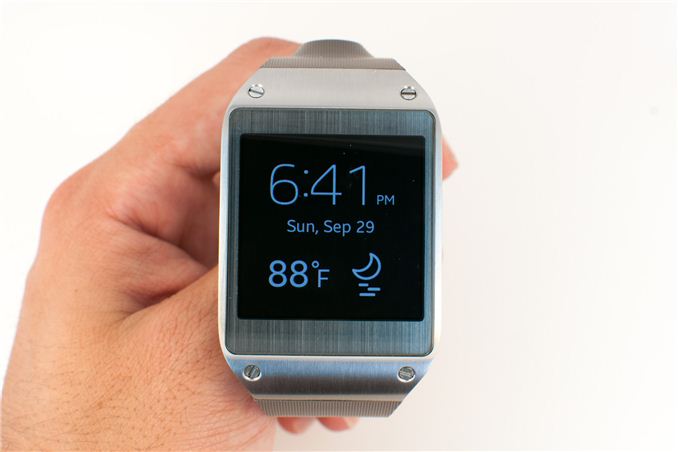
“All this has happened before, and all of it will happen again.”
Wearables are a hot buzzword right now, and that’s putting it lightly. As the smartphone and tablet markets mature, device manufacturers are looking toward other markets to continue growth and drive shoppers towards their offerings. I’ve been coming to terms slowly with the realization that smartphones are now a mainstream thing, and we’re getting increasingly close to the flat part of an S curve, at least in the short term, and the re-emergence of wearables like the Galaxy Gear and other smartwatches just underscores it.
The reality of course is that there’s a cycle here, and even one as nascent (or maybe not so) as the mobile space has a certain cadence. Anand wrote about Samsung’s S9110 watch phone, which came before the Galaxy Gear in 2009 but looks a whole lot like it. Before that was the Samsung SPH-WP10 watch phone, which included basic call capabilities. It’s interesting how for some the smartwatch space seems new when really it isn’t, but that’s really a tangential subject.
Right now we’re looking at Galaxy Gear, Samsung’s Android-based smart watch and companion device to the Galaxy Note 3. I’ve been wearing Galaxy Gear for the past few days trying my best to get a feel for how it fits in among the other smartwatch entries. I’ve been wearing a Pebble pretty much nonstop since getting mine just after they started shipping, so it’s my primary comparison point for the Gear, although I enjoyed wearing many other analog and digital watches before jumping on the smartwatch bandwagon.
First off the Galaxy Gear feels surprisingly well constructed. I’m actually a lot more impressed with build quality of the Gear than I thought I would be. The Galaxy Gear doesn’t have the same kind of heft that I’m used to with other high end timepieces, which is probably a good thing.
Gear feels comfortable on the wrist without any sharp edges or points, which is great since the band that comes on it isn’t removable. The band is a thick plastic material that out of the box doesn’t have a lot of flex, but will probably loosen up after some time. Samsung goes the right way and ships its band with a clasp rather than a buckle, which is what I vastly prefer if I’m spending good money on a watch. At the bottom of the clasp is a big metal chunk which houses the speakerphone – there’s two notches cut into this just like the battery grille on Samsung’s smartphones for audio to escape out of. The size of this part of the clasp is my only major complaint about the Gear since it’s right where you’re going to make contact with a table when resting your hands on a surface or writing on a keyboard.
The band isn’t removable partly because there’s a camera module about half way up one side of it. This houses the 2 MP camera with autofocus which we’ll talk about more later.
The main watch module has a 1.63 inch Super AMOLED display with 320x320 resolution, there’s glass on top which seems to be scratch resistant, and capacitive multitouch enabled.
![]()
Galaxy Gear employs one of the previous generation AMOLED subpixel patterns, but it isn't noticeable
My biggest complaint with the Gear from an industrial design point of view are the screws which seem to adhere the watch face to the body and band. What’s weird is that in the Gear press shots, all the screws are rotated to be horizontal, yet on the actual shipping Gear itself the screws are pointing every which way. By some bizzare twist I actually received two Gears, one in brown, one in orange, and both have these screws not aligned and just pointing whatever haphazard orientation they were torqued to. It’s not exactly the kind of attention to detail I would normally expect for a timepiece, and on the Gear it’s the kind of thing that triggers my OCD every single time I glance at my wrist. It's unfortunate because otherwise the use of metal on the face of the Gear is well excuted, as are the joints where the band meets the watch face.
The body of the watch has two microphones for noise suppression (one on each side of the main watch body), the speakerphone on the bottom, a power button on the right, and of course Bluetooth 4.0 connectivity. There’s also an accelerometer and gyro inside in the form of an Invensense MPU6500. Powering the Galaxy Gear is an Exynos 4212 dual core SoC with one of the cores disabled in software and set to only run at a maximum of 800 MHz. There’s also 512 MB of RAM and 4 GB of internal storage, and a 315 mAh (1.2 Whr) battery inside.
Whereas Pebble and Qualcomm Toq are powered by a relatively simple Cortex M3-based SoC and running a lightweight realtime OS, Samsung has gone with Android 4.2.2 for the Gear with a fully fledged SoC. It’s a big deviation from the trend, and reminds me of the Motorola Motoactiv which also ran Android on the same SoC (OMAP3) used to power the previous generation of smartphones.
Along with the watch is its charging and pairing cradle, which fits around Gear and interfaces pogo pins with the gold pads on the back of Gear. These turn out to really just be USB, which is required to charge Gear, the pairing cradle has microUSB on the back. In spite of this solution that avoids putting microUSB on the watch directly, the Gear is actually not waterproof.
Pairing the Gear with a phone goes like this – you tap the back of the pairing cradle to the Note 3, which then starts pairing of Gear to the phone. It’s sort of a weird out of band pairing process, and I guess the Gear has to stay with its corresponding dock.
At launch the Gear only works with the Note 3, although Samsung is working on making Galaxy Gear compatible with other Samsung devices, though they’ll require an OTA update.


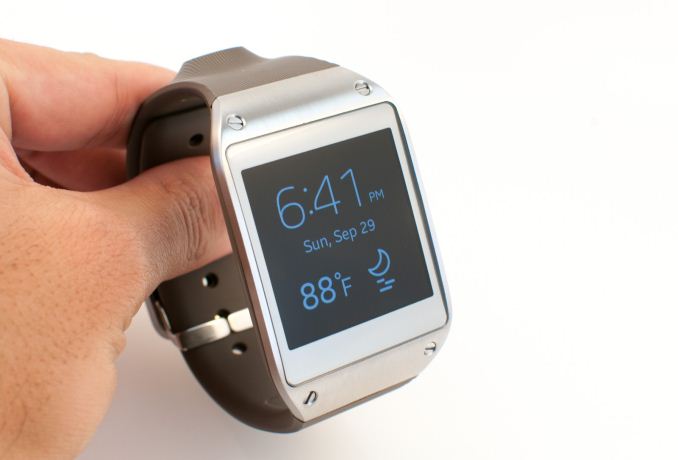
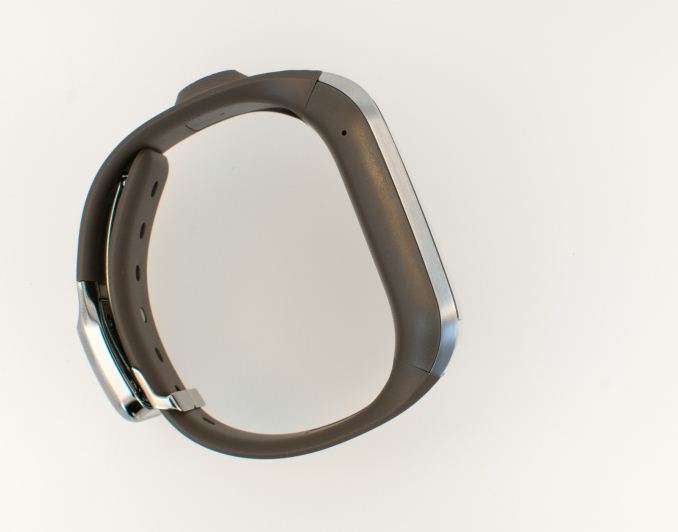
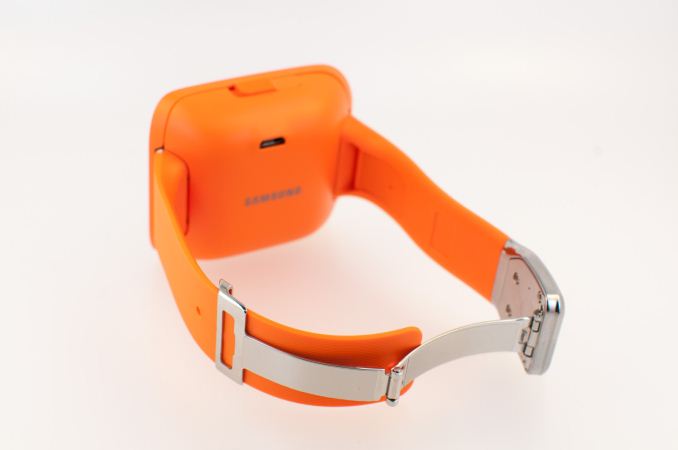

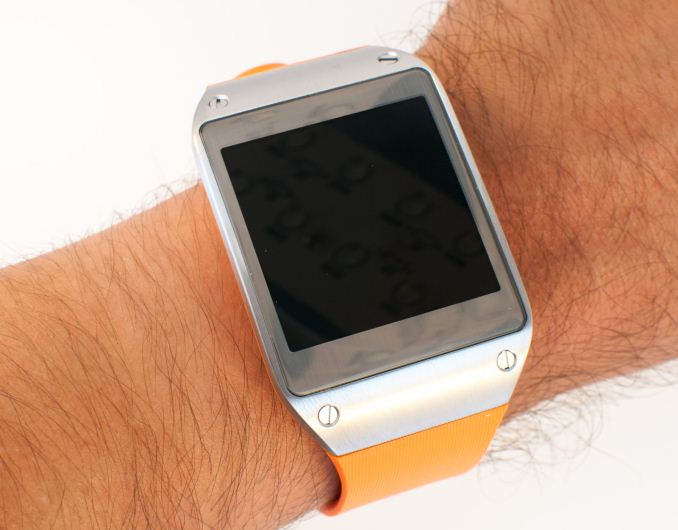
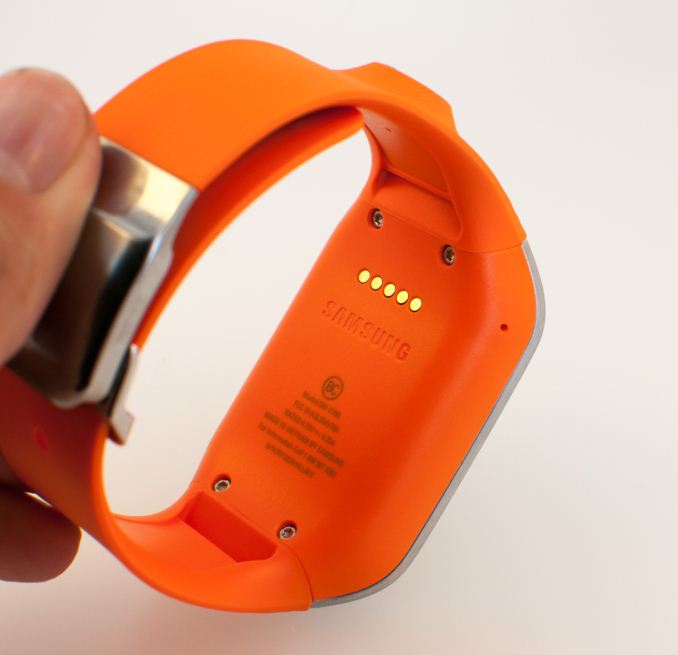






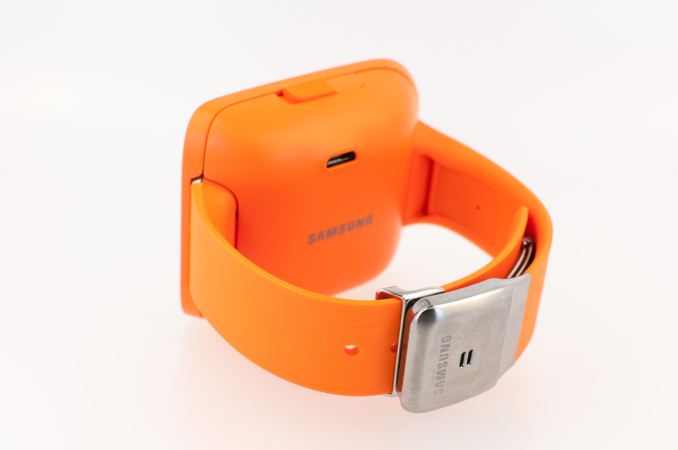
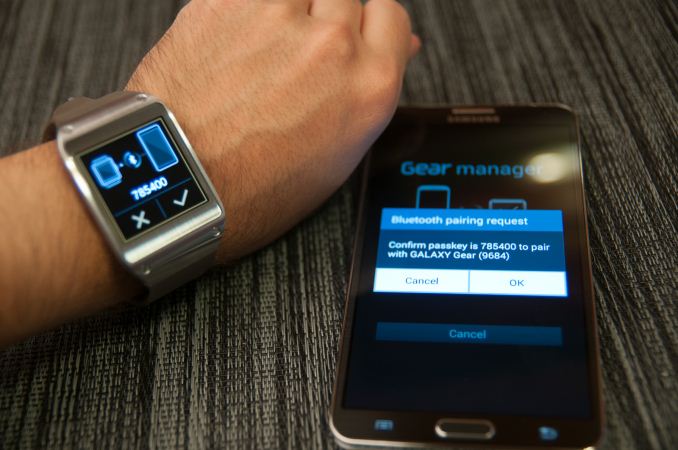








70 Comments
View All Comments
rituraj - Wednesday, October 2, 2013 - link
Transparent display... a normal watch underneath...Notifications appear on top of the watch waking up the display when needed.. otherwise it remains a humble normal transparent glass..
A stripped down OS suitable for wearable..
How long? How difficult?
Seriously though, can transparent displays be a reality?
Origin64 - Wednesday, October 2, 2013 - link
Just like when tablets appeared a few years ago: I have to stop and ask: for which use case is this thing in any way useful? Using voice recog is slower than typing, (especially in noisy conditions like anywhere outside your own house or car) it can't be comfortable reading anything from a device attached to your wrist, because you'd have to keep your arm up or your neck bent, and it'll be slower than the phones we spent years and billions making oh so blazing fast.This is to a smartphone what a tablet is to a laptop: smaller and more portable, but limited in functionality and speed. Sure, a tablet is easier to use on the go, but on a laptop you can get some work done.
It must just be our neverending consumerism. Phone market becomes saturated, and all those billions of marketing budget are spent brainwashing people into thinking this is something they need.
I'd seriously like to see one, just one, proper use case for this little machine. I cant think of a situation where pulling my phone out of my pocket wouldnt be faster and easier.
meacupla - Wednesday, October 2, 2013 - link
There's just one problem with your argument.Tablets kicked out e-readers and netbooks, because most people just wanted something that will do facetube, movies, light games, email and internet and cost less than $400.
Some experienced users may want to use office, and that too has been covered quite well by both cheaper ARM devices and more expensive ultrabook convertibles.
So, going by your argument, you are actually making a case for the watch, it's just that we're not quite sure what other products it's going to kick to the curb as of now, just like what happened when tablets first came out.
The way I see it, the only thing this watch might kill is HUD and handset holders inside cars.
Graag - Thursday, October 3, 2013 - link
Tablets haven't kicked out e-readers, at all. E-readers are still better at reading most things than tablets.Netbooks, on the other hand, are worse at everything.
Kathrine647 - Wednesday, October 2, 2013 - link
like Gregory said I am alarmed that a stay at home mom able to earn $5886 in 1 month on the internet. visit their website............B u z z 5 5 . com open the link without spacesMaikal - Wednesday, October 2, 2013 - link
Totaly agree Fergy. It seems the Apple trolls are out in force and must have received talking points about how applelish the watch looks. Not realizing that Apple has been stealing from others much longer than they've been alive! Apple has not met an inovation that they themselves have either stolen, borrowed or copied from!How are you apple trolls liking your IOS7 now! I hear and read how smoothly things are going...not...lol
Maikal - Wednesday, October 2, 2013 - link
Apple will claim anything is their innovation just to stall the other company from getting their goods to the public! Remember the lawsuits over color and shape of the iphone? Like no one would think of a square phone with buttons? Like they owned the pattent on shapes like a rectangle or circles? Please, from the beginings Apple and Microsoft were perfecting the ways of stealing from each other in order to later do the same to other companies.jefeweiss - Wednesday, October 2, 2013 - link
You mention using the Pebble regularly in your review of this product, but I don't see that there was ever a review of the Pebble. I would be interested to see a review, especially to give this review some context. I just tried to search for "pebble", so it's possible that it just didn't come up in the search.ASEdouardD - Wednesday, October 2, 2013 - link
I suppose Samsung made an effort design wise here, but it's still very ugly.phoenix_rizzen - Wednesday, October 2, 2013 - link
So, how does it feel/look when worn properly, aka with the face on the flat part of your wrist (the bottom)?